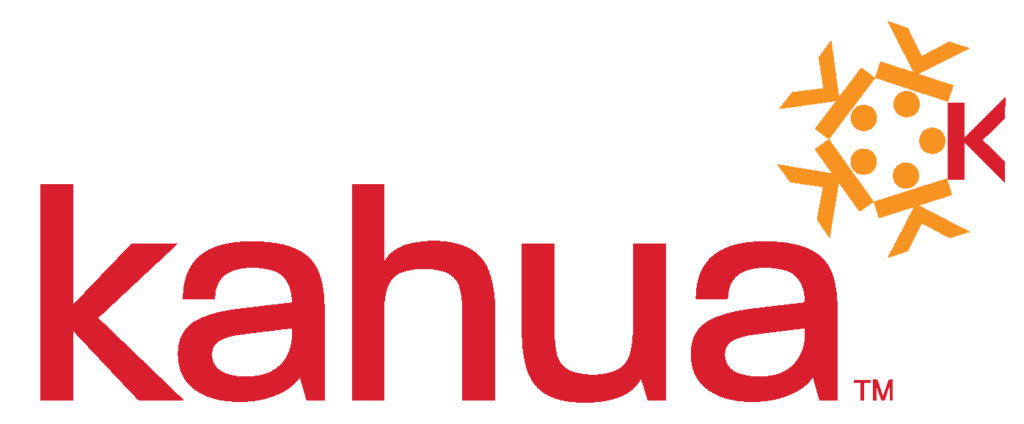Construction Cost Forecasting: 3 Key Methods to Ensure Accuracy
Forecasting: the process of making predictions based on past and present data.
While often considered a staple in many financial institutions, cost forecasting – believe it or not – is a very prevalent process in construction. In fact, many a young engineer has been taught that “knowing your costs is a condition of employment.” But when you realize that construction projects already have set budgets and detailed plans, one might wonder what value a forecast might have on top of that.
Why Accurate Cost Forecasting Matters in Construction
It turns out accurate cost forecasting is vital to the success of a construction project. For starters, an accurate forecast increases visibility into project performance against both the budget and the plan. A plan is what the future should look like if all things went according to, you guessed it, plan. The forecast predicts what the future will look like, based on a mathematical prediction. Whether that is what you planned to purchase, or to install, having an accurate forecast will provide visibility into the next steps as they become available.
With increased visibility, accurate cost forecasting then inherently reduces the risk of surprises. As you continue to develop your forecast, potential obstacles come to light. You will see deviations from the plan develop, allowing you to move proactively to attack issues rather than being reactive. And for many projects, where positive cash flow is vital for survival, an accurate forecast provides that holistic view into the future of where your risks might lie, providing ample time to create a mitigation strategy.
By increasing visibility and reducing risk, you build confidence with your project stakeholders. Owners, project executives and even the crews in the field rely on accurate forecasting to assess the performance of their project. A poor forecast creates a lack of trust and credibility while also putting project goals in jeopardy. Insight into an accurate forecast keeps all teams working together and committed to a successful project.
The Construction Cost Forecasting Process
How does one begin building an accurate forecast? As you might expect, it starts all the way back in preconstruction, with a clear definition of the project scope, cost and schedule. An accurate estimation of the plans and specifications provides the foundation for a great forecast by leveraging historical data to create a baseline for each task.
Once the project is ready to begin, this baseline transitions into the initial project budget. At this point, the initial forecast is built by assigning quantities, materials, resources and costs to each task and allocating them over the scheduled duration.
As work gets underway, forecasting morphs into a mathematical equation. Actual costs spent up to this point provide an account for what has already happened, the first half of a forecast cost. The second half – or prediction of the future – is what remains to happen. This remaining cost is typically based on a preferred “method”, using some data points from the past as well as detailed planning for the future.
As you well know, predicting the future is difficult. However, there are a few common methods that rise to the top when those predictions are about construction forecasting.
Method 1: Straight-Line Forecasting
One of the first ways a new engineer may learn to forecast is the straight-line method, or simply, projecting costs into the future along a straight line. This method is relatively easy to learn as it assumes the path from zero to complete will not deviate from a set cost per day. For many, this becomes the baseline “plan” for a task that actual performance will be measured against.
Then, as mentioned, the operation begins, and actual costs work their way into the equation. The straight-line forecast cost becomes the summation of actuals-to-date plus the remaining amount of work multiplied by that set cost per day.
While this is relatively easy to learn, it does have drawbacks. The straight-line forecast is built on the assumption of a set cost per day. The longer an operation continues, the more information you have to validate or argue the accuracy of that set cost per day. So, while this forecast is popular for setting a baseline, it tends to quickly be replaced by a more accurate projection.
Method 2: Historical Forecasting
The next level of complexity in selecting a more accurate unit rate for forecasting is leaning on historical analysis. The longer an operation continues, the greater understanding you gain of how the work is actually being performed. Or, if you prefer to utilize a broader context of information, historical forecasting may leverage the performance benchmarks of that type of operation across your entire portfolio of projects.
Known as the “average performance” cost per day, using the historical context of the operation lets you predict the future based on experience. The forecast equation becomes actuals-to-date plus the remaining amount of work multiplied by the average actual cost per day.
This method of forecasting enhances your accuracy greatly, but if you are looking for the most accurate forecast possible, there is still more detail available.
Method 3: Bottom-Up (or Detailed) Forecasting
The most complex, or detailed way of forecasting for construction is the bottom-up method. Essentially, the goal of a bottom-up forecast is to break the costs down into individually estimated values by type (e.g. material, labor, equipment, etc.). In doing so, you create a new estimated set of costs for the task at the lowest possible level.
With the bottom-up method, the forecast cost equation can take two forms. The first of which utilizes the detailed estimate in a projection forward for the entirety of the task. This is known as an EAC or estimate at complete forecast.
The alternative is a bit more involved. This method starts with actuals-to-date and then adds the detailed estimate cost per day multiplied by the remainder of the task. This is known as an ETC or estimate to complete forecast.
How to Improve the Accuracy of Your Cost Forecasts
As we have studied, the forecast equation, it is likely becoming apparent to you where the accuracy control lies. Actuals-to-date are what they are; there is no changing that value. Instead, the level of accuracy of your cost forecast will depend heavily on the accuracy of your cost-per-day variable. And, as you have likely noticed, determining your cost per day can be quite a chore.
This is where utilizing a project management solution like Kahua becomes a game changer for forecasting accuracy.
Sure, many systems (including Excel) can create a simple line graph for a straight-line forecast, but what happens when you want to mature to historical performance? Kahua not only surfaces the average performance for a task on that particular project, but it also unlocks the historical benchmarking of your entire portfolio. Then, as a bonus, it will allow you to see those historical values by specific locations or even adjust for inflation, all thanks to the level of data inherently built into the platform.
And for that savvy engineer who wants to get down and dirty in the details, Kahua enables the individual cost level analysis of each task to build the most accurate projection available. All within a secure and collaborative environment, not some side spreadsheet, where project stakeholders are constantly kept informed.
Key Takeaways for Effective Construction Cost Forecasting
As we stated at the onset, forecasting is the process of making decisions based on past and present data. If you are struggling in your construction cost forecasting, take a hard look at your ability to surface data. Success on projects is not just about drawing a straight line from point A to B and hoping for the best. Rather, success is found in the details of how work is performing, how risks are surfacing and how teams are engaging with the plan.
That is the information you must focus on to create the most accurate construction forecast, and that is the information you find better with Kahua.


